Hi there! My name is Renata. I'm an IMG (International Medical Graduate) from Peru. These are my notes on Step 1, Step 2CK & Step 2CS. Feel free to reblog them, correct me and share your personal notes. **Disclaimer** This blog claims no credit for any images posted on this site unless otherwise noted. If there is an image appearing on this blog that belongs to you and do not wish for it appear on this site, please let me know and it will be promptly removed. Any medical discussions on this blog are for educational purposes only, I am not your medical provider and cannot tell you what to do with your health issues. Please do not use the info found here as a substitute for your physician's advice. Thanks! Have fun studying!
Don't wanna be here? Send us removal request.
Video
youtube
Ventricular Septal Defect
youtube
134 notes
·
View notes
Video
Atrial Septal Defect
youtube
85 notes
·
View notes
Video
Patent Ductus Arteriosus
youtube
44 notes
·
View notes
Photo
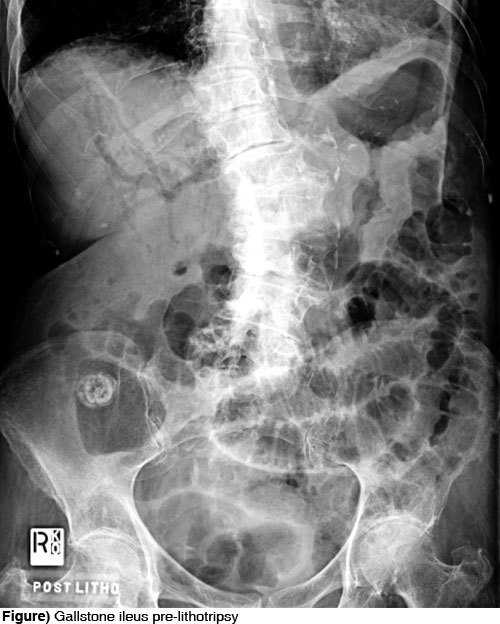
Gallstone Ileus
stone erodes through the gallbladder in to the duodenum
formation of fistula leads to air in biliary tree (pneumobilia)
stone obstructs bowel, usually in terminal ileum
Right iliac fossa calcification (gallstone) possibly lodged at the ileocaecal valve
Pneumobilia - see RUQ
Dilated loop of small bowel indicating small bowel obstruction
203 notes
·
View notes
Video
youtube
57 notes
·
View notes
Video
youtube
54 notes
·
View notes
Video
TIMELINE: MI Complications
0-24h:
Ventricular arrythmias
RV failure
HF
Cardiogenic shock
1-3d:
Post MI fibrinous pericarditis
1-5d:
Papillary muscle rupture --> severe Mitral regurgitation
IV septum rupture (L->R shunt)
5d-2w:
Free wall rupture (tamponade)
2w-Several months:
LV aneurysm
Dressler Sd
youtube
Myocardial infarction

3 cardinal signs:
Elevation of ST segment
Inversion of T wave
Deep & wide Q wave
With reciprocal changes in the leads facing the opposite wall:
Depression of ST segment
Tall, upright T waves
Changes do not appear at the same time. It happens in this order:
Elevation of ST segment stays for 2-3d and gradually goes back to base level in 1-2w
T wave becomes inverted after 2 days, and remains like that for 3w, and gradually becomes flat and then upright over 2-3m
Q wave = muscle death, appears after 1 week, and gradually deepens and remains permanent. Size proportional to size of infarct.
Timeline:

1°d: ST segment elevation + tall T wave
2-3°d: ST segment still elevated + T wave slowly becomes inverted
7°d: ST segment starts returning to base level + T wave inverted + Q wave starts appearing, it deepens. (If ST segment stays elevated >6m, think of development ventricular aneurism)
3°w: Q wave fully developed + T wave starts becoming flat
End of 3m: only Q wave stays the same, ST segm and T wave return to normal. If the size of the infarct was small, Q wave goes back to normal.
Coronary Arteries, branches & supply:
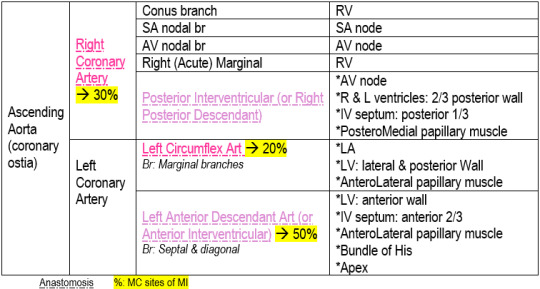
Localization of infarct:

1K notes
·
View notes
Photo

Coronary Arteries in a nutshell
178 notes
·
View notes
Quote
Do not let someone else’s success get in the way of your progress. Always celebrate other people ’s success as well as continuing to work on your own craft. Please don’t determine your self worth by the amount of time it takes to you to get to where you want to be and who you want to be. Enjoy this journey and keep working hard.
:)
143 notes
·
View notes
Photo


CHEMO MAN 2.0
244 notes
·
View notes
Photo


Poeta uruguayo, Mauricio Saravia. Photo from www.lukeford.net posted on Wikimedia Commons in 2008. Another notabe case in a teenager from Haiti.
The three words of McCune-Albright disease:
The most famous (mouthfull) words of the condition: Polyostotic Fibrous Dysplasia. What that means is that the bone will grow tumor-like fibrous (scar) tissue instead of the normal medullary (bone marrow) bone tissue. Irregular Bony trabeculae That will cause the deformities that make the disease famous. It’s caused by mutation in the gene GNAS1 and affects mostly the extremities. Not cancerous. Mosaic G protein signaling mutation
Premature puberty in girls. It can affect boys as well, but the question stem in exams tend to report female cases, like a 2-year-old with menstrual bleeding. Early puberty is one of the many endocrine problems of these patients and a favorite to put in exams. Other problems include over-reactivity of the thyroid, pituitary and adrenal glands (hyperthyroidism, acromegally and hypercortisolism).
And, of course, Café-au-lait spots. The interesting feature is the tendency for the lesions to not cross the body’s midline.
112 notes
·
View notes
Photo
MCC of an isolated, asymptomatic elevation of ALKALINE PHOSPHATASE in an elderly patient.
Laboratory markers for bone turnover are elevated: PINP (procollagen type I N-propeptide or just remeber that song from 50cent “pimp”), urine hydroxyproline

Imaging: XR (osteolytic or mixed lytic/sclerotic lesions), radionuclide bone scan (focal increase in uptake, also for staging)
Tx: bibphosphonates


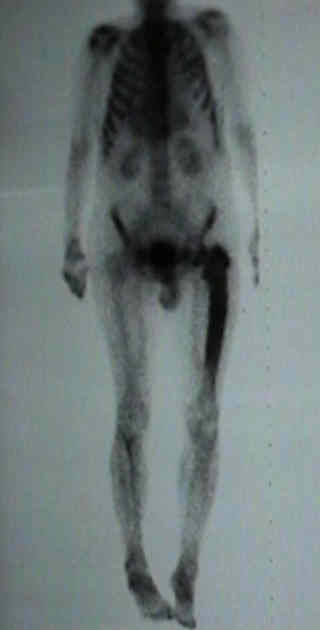
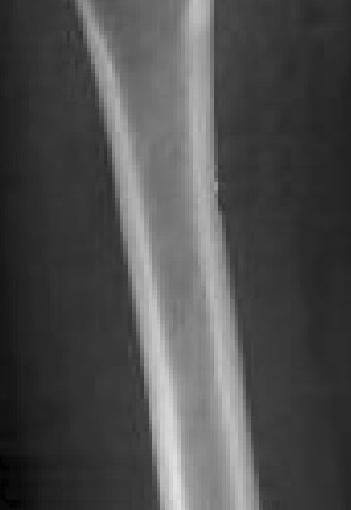

Paget Disease or Osteitis Deformans
Disorder in bone remodeling, 3 stages
Osteolytic (osteoclasts)
Mixed (osteclasts & osteoblasts)
Osteosclerotic (osteoblasts, “burn-out”)
Mosaic pattern on lamellar bone, big skull (no hat fits), foraminal narrowing (cranial nerve impingement), bone fractures, bone pain, warmth (increase vascularization).
Complications: AVshunt within bone marrow, can cause high output, cardiac failure, osteosarcoma
Possible underlying mechanism: Paramyxovirus infection of osteoclasts
Lab: Normal Calcium and Phosphate, INCREASED ALKALINE PHOSPHATASE
41 notes
·
View notes
Photo
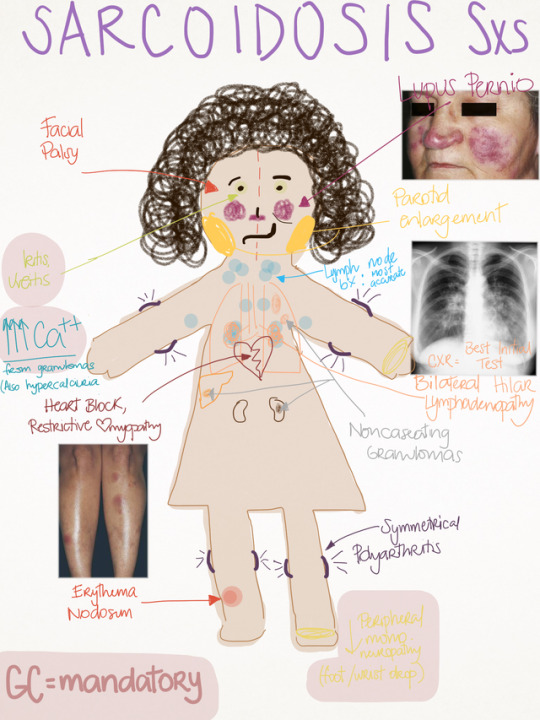
153 notes
·
View notes
Conversation
Diuretics: Site of action & Mechanism
Osmotic Diuretics: =/=> water reabsorption throughout the tubules, but mostly in the proximal tubule (mannitol)
Carbonic Anhydrase Inhibitors: proximal tubule, =/=> C.A (acetazolamide, dorzolamide)
Loop Diuretics: thick ascending loop of Henle, =/=> Na+/K+/2Cl- transporter (furosemide, ethacrynic acid)
Thiazides: early distal tubule, =/=> Na+/Cl- symporter (hydrochlorothiazide, indapamide)
K+ sparing agents: distal nephron (late distal tubule + colecting ducts). Aldosterone receptor antagonist (spironolactone) or =/=> Na+/K+ exchange by =/=> of Na+ channels (amiloride, triamterene)
233 notes
·
View notes
Quote
I can be changed by what happens to me, but I refuse to be reduced by it.
Maya Angelou (via wordsnquotes)
2K notes
·
View notes
Quote
To cure sometimes, to relieve often, to comfort always.
Edward Livingston Trudeau (via themedicalchronicles)
628 notes
·
View notes
Photo

Newborn Respiratory Distress
345 notes
·
View notes